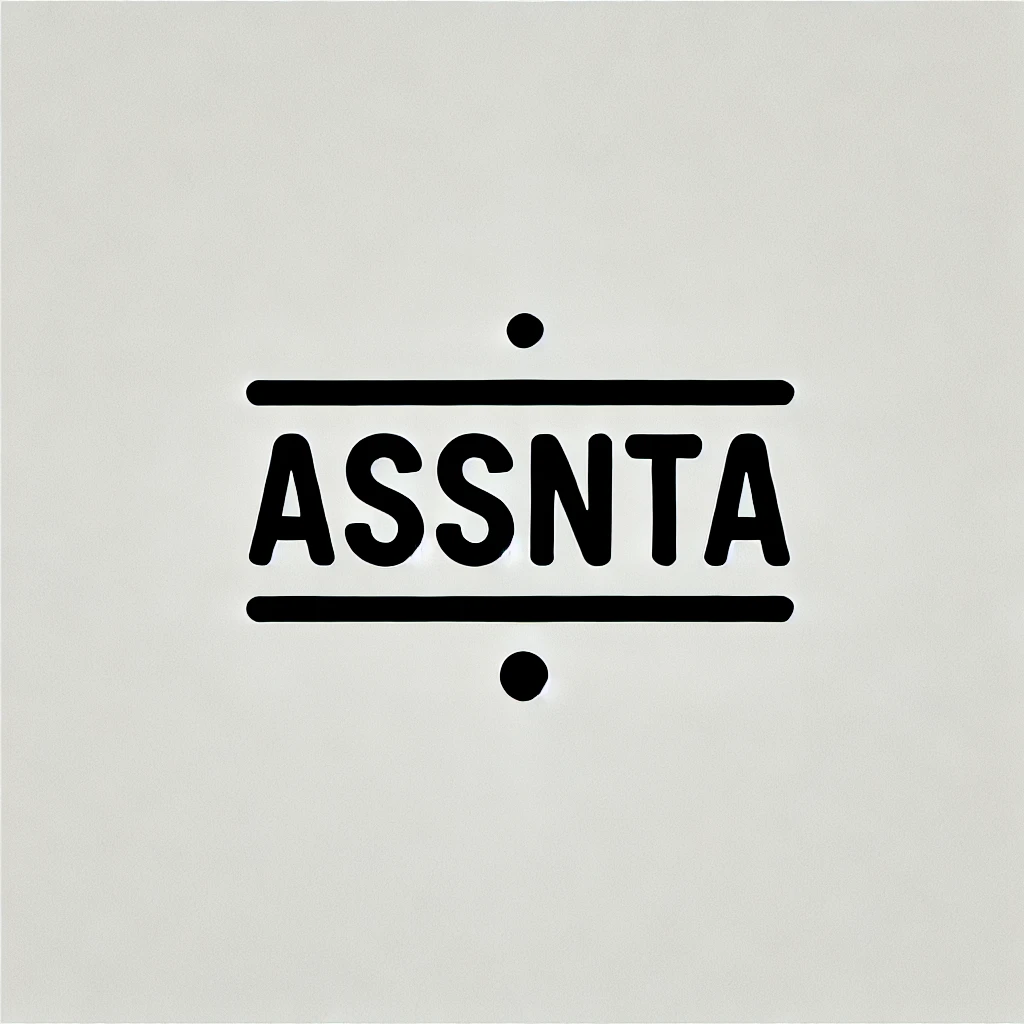Security architects play a pivotal role in securing these environments, as they are often responsible for designing and enforcing policies that prevent unauthorized access to critical systems. Here, we’ll explore why privileged access is a particularly vulnerable point in Industrial IT and OT settings, what specific risks it poses, and how to mitigate them effectively.
The Unique Landscape of Industrial IT and OT
In traditional IT environments, the risk of privileged access misuse is primarily centered around data confidentiality and operational disruption. However, in OT environments, misuse of privileged access can lead to far-reaching consequences, including potential harm to physical assets and even threats to human safety. This unique dynamic makes it essential to approach privileged access management with an OT-specific lens, understanding that the stakes involve both cybersecurity and operational integrity.
The UK’s National Cyber Security Centre (NCSC) has underscored the critical nature of privileged access management in OT, emphasizing that poor access control can lead to unauthorized changes in critical systems, potentially causing physical damage and impacting essential services. The evolving complexity of Industrial IT and OT architectures, driven by an increasing reliance on automation and interconnected systems, only heightens the importance of securing privileged access.
Key Risks Associated with Privileged Administrator Access
Privileged accounts hold the “keys to the kingdom.” These accounts, when compromised, grant unrestricted access to sensitive systems, making them prime targets for malicious actors. Below are several critical risks associated with these accounts in Industrial IT and OT environments:
- Human Error and Misconfiguration Human error remains one of the top risks in cybersecurity. In the hands of administrators, errors in configuring access controls or incorrectly applying security patches can lead to vulnerabilities across interconnected systems. A misconfigured privilege can enable unauthorized access, jeopardizing both IT and OT environments. The complexity of Industrial OT systems—often involving legacy systems, proprietary protocols, and vendor-specific tools—further complicates access configuration, increasing the risk of accidental exposure.
- Insider Threats and Privilege Abuse While external attackers often top security concerns, insider threats pose a unique risk, especially in environments where staff have deep technical knowledge of the systems. Malicious insiders, or even well-meaning employees with excessive privileges, can inadvertently cause operational disruption or physical harm by misusing their access. The NCSC emphasizes the importance of monitoring and logging privileged actions, ensuring that security teams can detect and respond to potentially harmful activities before they escalate.
- Supply Chain and Third-Party Access Many Industrial IT and OT environments rely on external vendors for system maintenance, software updates, and support. These third-party actors often require privileged access, creating a potential risk if their access controls or security practices are substandard. Compromised third-party credentials, or unsecured remote access pathways, can expose critical systems to significant risks, as evidenced by multiple high-profile breaches in recent years.
- Advanced Persistent Threats (APTs) and Cyber Warfare Advanced Persistent Threats (APTs), often associated with nation-state actors, target Industrial IT and OT systems as part of cyber warfare campaigns. Privileged accounts are a natural focus for APTs, as they provide direct access to critical infrastructure. Attackers often leverage these accounts to embed themselves within a system, evading detection and gradually escalating access privileges to wreak maximum damage. The repercussions of these attacks go beyond data loss, potentially impacting national security and public safety.
Mitigation Strategies for Security Architects
Given these substantial risks, a robust approach to privileged access management (PAM) is non-negotiable. Below are several strategies tailored for the Industrial IT and OT context:
- Adopt a Zero-Trust Approach Security architects should implement Zero-Trust principles within privileged access strategies, restricting privileges to only those actions required for specific tasks. By enforcing strict segmentation between IT and OT systems and verifying every access request, organizations can significantly reduce the potential for unauthorized access. Zero-Trust architectures also benefit from continuous authentication and monitoring, making it harder for compromised accounts to go undetected.
- Implement Multi-Factor Authentication (MFA) for All Privileged Accounts According to the NCSC, Multi-Factor Authentication (MFA) is one of the most effective controls against unauthorized access. By adding layers of security to privileged accounts, MFA can dramatically reduce the likelihood of account compromise, particularly in remote access scenarios. Implementing MFA across both IT and OT environments minimizes the risk associated with compromised credentials and enhances overall security posture.
- Enforce Role-Based Access Control (RBAC) and Least Privilege Principles In line with Zero-Trust principles, enforcing Role-Based Access Control (RBAC) helps ensure that access privileges are aligned with specific job functions. By applying least privilege principles, security architects can restrict administrator accounts to the minimum level of access necessary, limiting potential damage if a privileged account is compromised. Additionally, temporary privilege elevation models, such as just-in-time (JIT) access, reduce the duration of privilege exposure.
- Continuous Monitoring and Behavior Analysis Implementing continuous monitoring for privileged accounts is essential for identifying anomalies in access patterns. In Industrial OT environments, unusual behaviors—such as access during off-hours or changes to critical system configurations—should trigger alerts for further investigation. Leveraging AI-driven behavior analysis can help security teams detect suspicious activities more effectively and respond before they cause significant harm.
- Conduct Regular Audits and Privilege Reviews Routine audits of privileged accounts, access controls, and activity logs are fundamental practices that can expose potential vulnerabilities or misconfigurations. Regular privilege reviews ensure that access rights remain up-to-date, especially as roles and responsibilities change. By consistently auditing privileged access, organizations can maintain a tighter grip on their security posture and ensure that security controls evolve with emerging threats.
Conclusion: Shoring Up Defenses in a Complex Threat Landscape
Industrial IT and OT environments require rigorous privileged access management practices to defend against increasingly sophisticated threats. From insider risks to cyber warfare, the potential consequences of failing to secure privileged access are too high to ignore. By applying best practices like Zero-Trust, MFA, RBAC, continuous monitoring, and regular audits, security architects can build resilient systems that safeguard both digital and physical assets.
For further guidance on managing privileged access in critical infrastructure, the NCSC offers detailed resources, including guidelines for industrial environments that address specific risks and mitigation strategies. As our reliance on connected systems grows, securing privileged access will remain a foundational aspect of protecting our most essential industries.


